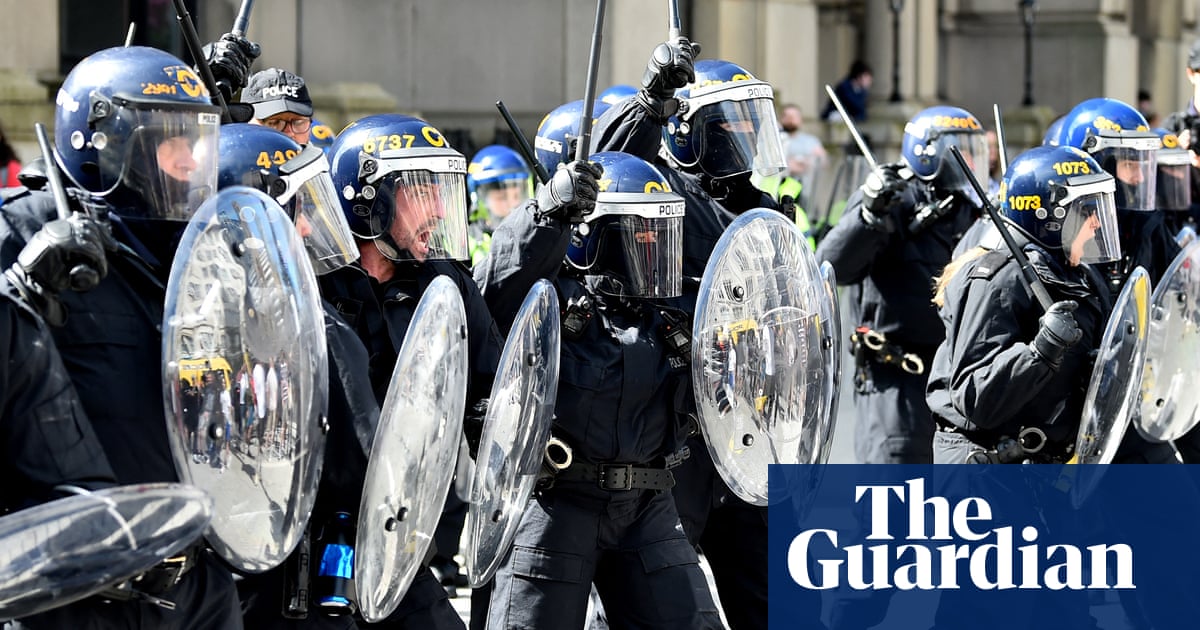Police officers are watching TikTok in an attempt to catch far-right demonstrators livestreaming self-incriminating footage of their illegal behaviour.
TikTok’s Live function has become one of the defining outlets for coverage of this summer’s riots, with hundreds of thousands of viewers watching live streams of rioting over the last week in cities such as Stoke, Leeds, Hull and Nottingham.
The streams, which can run for hours, are sometimes broadcast by people involved in the disorder. Many of the TikTok streams show the faces of people apparently committing illegal acts such as looting shops or setting property on fire. They are often made by people whose usernames are easily linked to their real-world identities.
A police source said: “Every force will have analysts monitoring social media, TikTok, for evidence-gathering purposes. Regional organised crime units are doing that as well, focusing on the higher end of offending, those who are inciting and the senior organisers.”
Many videos have been recorded and broadcast by members of the public taking part in the disorder or standing in crowds of people rioting. One riot in Middlesbrough on Sunday was simultaneously livestreamed by at least six different TikTok accounts. The footage showed cars being set on fire, bricks thrown through the windows of homes and shops being looted.
One of the streams had 14,000 people watching as it showed people looting an Iceland supermarket in the Teesside town. Another stream from Middlesbrough had 4,000 people watching footage of individuals asking car drivers whether they were white before allowing them to drive down a street – while an off-camera voice shouted “can’t do shit, can’t do nothing” at a line of riot police standing nearby.
During previous riots – such as during disorder that spread across England in 2011 – smartphone ownership was still relatively low and the mobile technology did not easily support livestreaming. As a result, many of the defining videos of that era were comparatively short clips recorded or obtained by professional news outlets or the police.
This time the police are benefiting from the public’s growing tendency to livestream anything of note, aided by improved technology and mobile network capacity enabling people to broadcast their potentially criminal activity.
TikTok’s Live function is a natural home for this coverage due to its ease of use and the popularity of the app. Livestreams of rioting can gain hundreds of viewers a minute as the app’s algorithm rapidly promotes attention-grabbing streams. This allows members of the public to rapidly build live audiences comparable with television news channels, even if the user doing the filming does not have an existing following on the platform.
after newsletter promotion
One complication for police gathering evidence is that TikTok streams vanish from public view once a stream is ended by the user. But a copy remains accessible by the original streamer for up to 90 days, meaning they are accessible on TikTok’s servers.
The police source said other material being used as evidence included CCTV, officers’ bodycam footage, drone footage and video posted on other online platforms by those supporting the violence and those opposing fascism. They said retrospective facial recognition was also in use.

